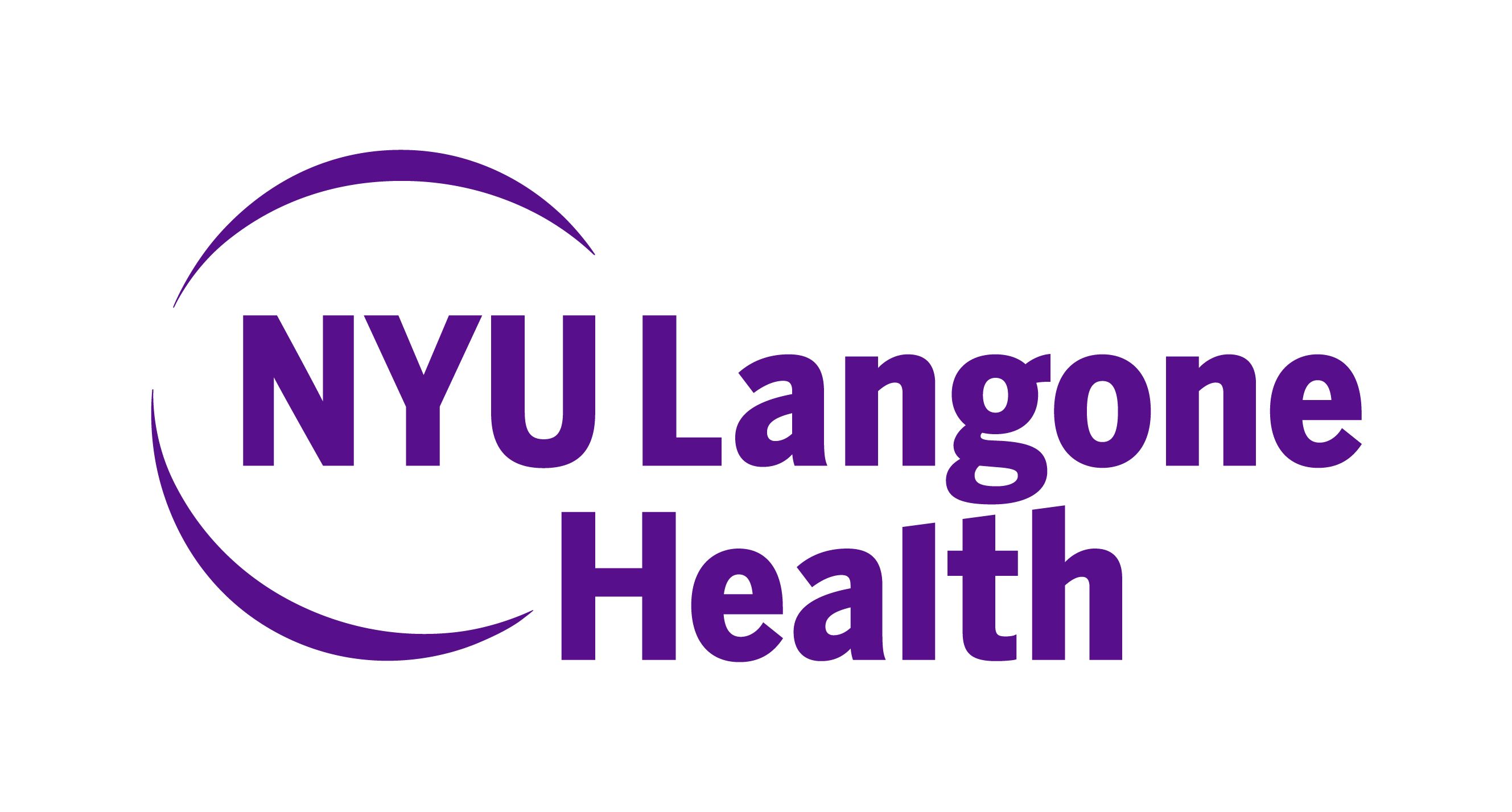
Using Primseq to Simplify the Complexities of Rehabilitation Intervention Dosing: Heidi Schambra, MD

The associate professor in the Department of Rehabilitation Medicine at NYU Langone discussed the current methods of prescribing rehabilitation and why a new digital tool can improve them going forward. [WATCH TIME: 3 minutes]
WATCH TIME: 3 minutes
"The typical major approaches have been time in therapy to measure dose or to measure intensity, which we know is not precise. The flip side of that is just sitting there and counting the repetitions, or using video analysis afterwards, but it’s just incredibly laborious and cost personnel time, personnel costs, and the feedback is slow."
Quantifying outcomes for rehabilitation methods such as physical exercise has been a challenge for clinicians, mainly because the frequencies and intensities of such interventions can have different effects based on the patient. The literature has shown inconsistent results as to personalizing these interventions for patients with neurological disorders, including those with stroke. One new method using a novel digital tool called Primseq, was shown to aid patients’ recovery from stroke by accurately tracking movement intensity during their rehabilitation therapy.
In recently published data, the sensor-equipped computer program was 77% effective in identifying and counting arm motions prescribed to patients as part of their stroke rehabilitation exercises.1,2 The results beg to question whether this program has capabilities in unweaving some of the complexities clinicians face when trying to prescribe an effective rehabilitation regimen. To learn more about how it may improve this aspect, NeurologyLive® sat down with lead investigator Heidi Schambra, MD.
Schambra, associate professor in the Department of Neurology and Department of Rehabilitation Medicine at
REFERENCES
1. Computer tool can track stroke rehabilitation to boost recovery. News release. NYU Langone Health. June 16, 2022. Accessed June 23, 2022. https://www.prnewswire.com/news-releases/computer-tool-can-track-stroke-rehabilitation-to-boost-recovery-301567501.html
2. Parnandi A, Kaku A, Venkatesan A, et al. PrimSeq: A deep learning-based pipeline to quantitate rehabilitation training. PLOS Digital Health. Published online June 16, 2022. doi:10.1371/journal.pdig.0000044
Newsletter
Keep your finger on the pulse of neurology—subscribe to NeurologyLive for expert interviews, new data, and breakthrough treatment updates.



























